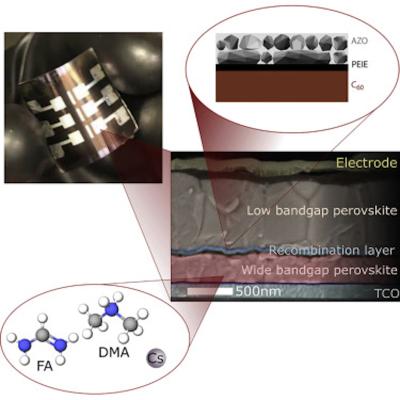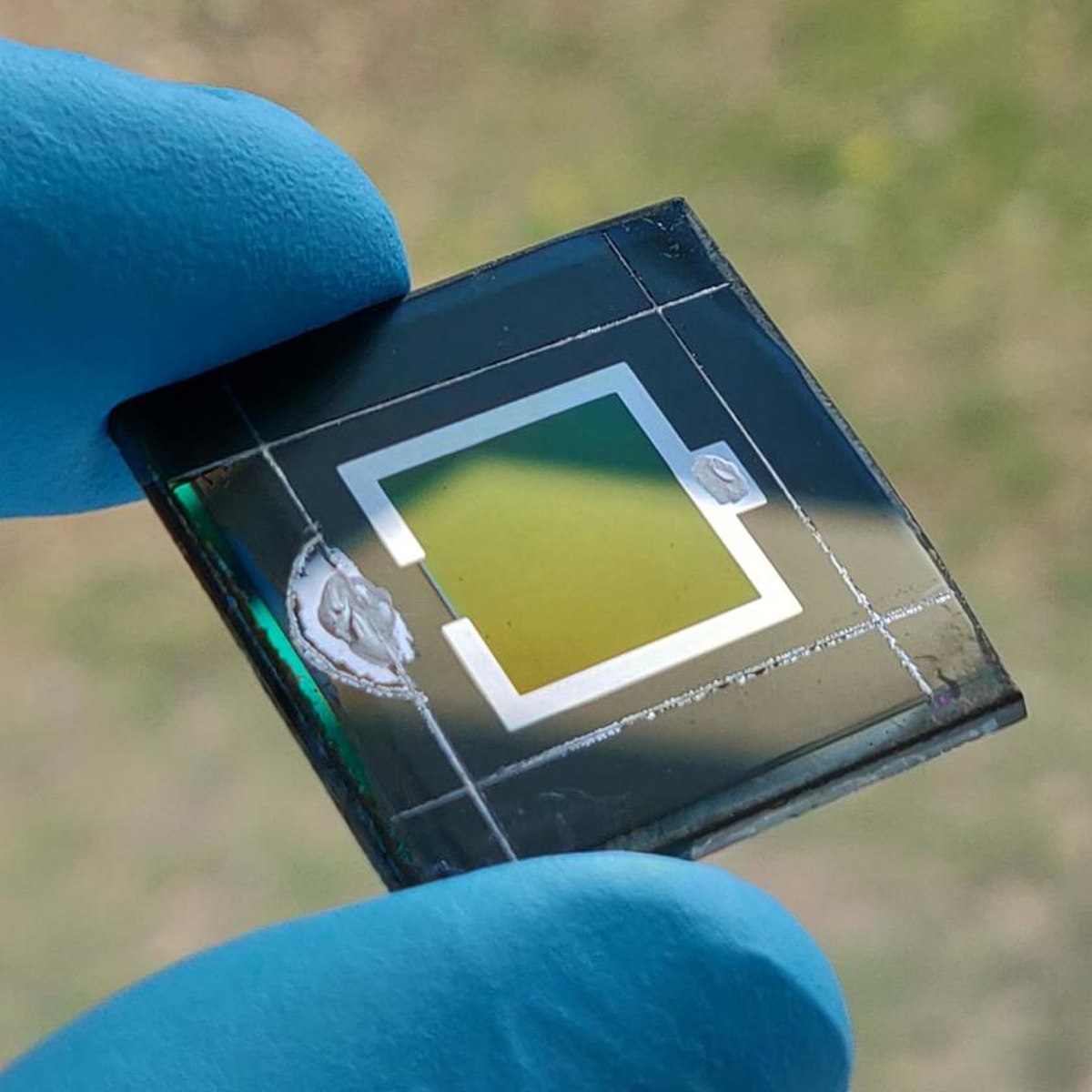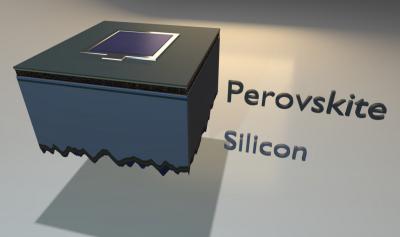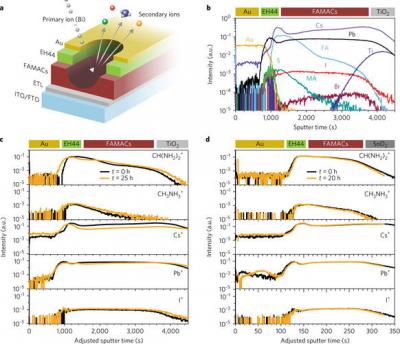NREL team advances thermochromic windows applications
Scientists at the U.S. Department of Energy's National Renewable Energy Laboratory (NREL) have reported a breakthrough in the development of a next-generation thermochromic window that not only reduces the need for air conditioning but simultaneously generates electricity.
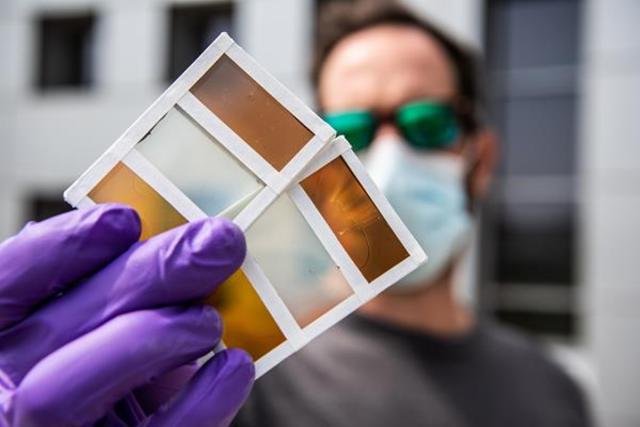 NREL researcher Lance Wheeler holds a perovskite window prototype that can switch between a variety of colors. Photo by Dennis Schroeder, NREL, taken from globenewswire
NREL researcher Lance Wheeler holds a perovskite window prototype that can switch between a variety of colors. Photo by Dennis Schroeder, NREL, taken from globenewswire
The technology, dubbed 'thermochromic photovoltaic,' allows the window to change color to block glare and reduce unwanted solar heating when the glass gets warm on a sunny day. This color change also leads to the formation of a functioning solar cell that generates on-board power. Thermochromic photovoltaic windows can help buildings turn into energy generators, increasing their contribution to the broader energy grid's needs. The newest breakthrough now enables various colors and a broader range of temperatures that drive the color switch. This increases design flexibility for improving energy efficiency as well as control over building aesthetics that is highly desirable for both architects and end users.
